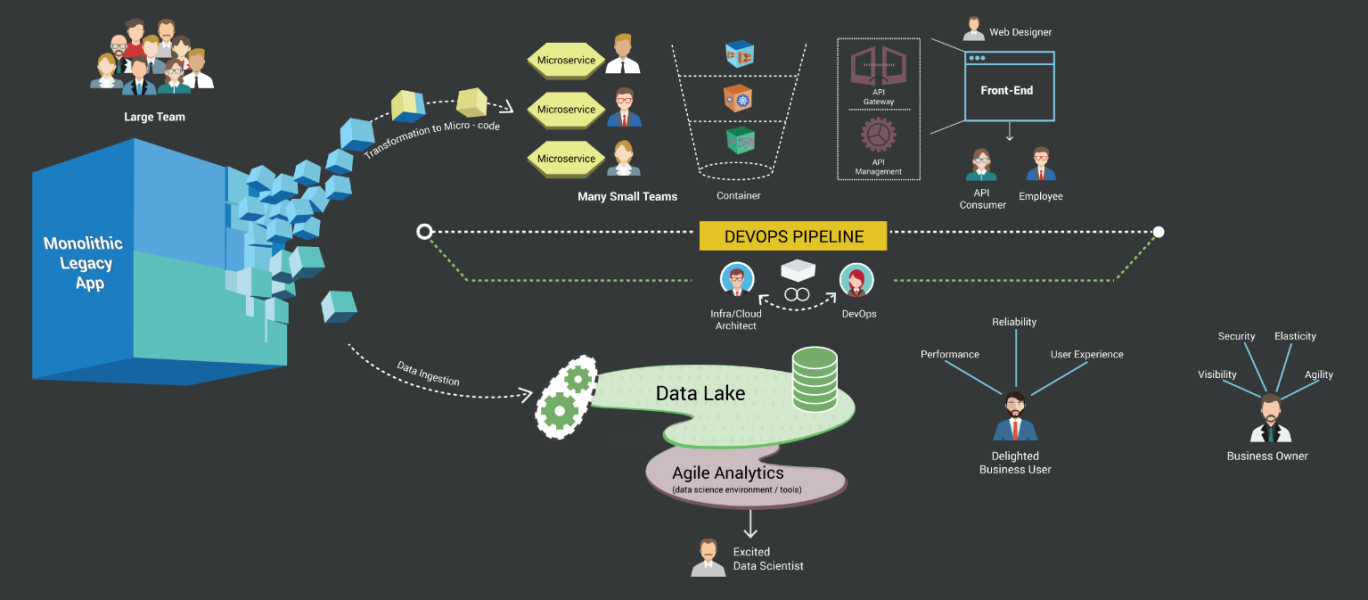Microservices Transformation

Five Q's you may need to find an answer for a Large Scale Micro-Services transformation journey.
Most of the organizations today understand the essence of Micro-Services transformation. Everybody prefers to address the complexity in a code base, at the cost of solving complexity in interaction. My views on the most important five questions that need to be answered when implementing large scale #transformation are:
1) Management Complexity of Container Clusters Across Clouds & Locations
When you achieve speed in transformation, you would land up spawning many a container cluster across clouds / hub/ edge, how do you manage those clusters control plane effectively, provision de-provision effectively, serve agility in provisioning clusters across organization which is secure.
2) CapEx Involved in Management Control Plane
How do you reduce your CapEx for many a control plane for many a container cluster. When you trigger the transformation, you will spawn another network of container clusters itself which looks like another physical network like routers/switches etc. How do you effectively manage that container cluster network. While cloud providers gives you the container cluster without the overhead of control plane, you will try to have single control plane for your on-premise clusters and reduce the CapEx for management plane.
3)Manage Container Clusters in Hybrid IT
To balance speed/ security / cost, large organizations are adopting hybrid IT. In hybrid environment, how effectively we manage many a cluster floated in hybrid environment from a single control plane. We need to find an answer also on how to manage effectively the cluster whose hardware resources are pooled across clouds
4) Manage Continuous Security, Continuous Delivery, Continuous compliance across Clusters
How to architect your Continuous Security, Continuous Delivery, Continuous Compliance so that when you roll out a fully containerized ecosystem across your organizations, you stay safe.
5) People
Most importantly how to align your team skills to operate in a environment that is much hybrid, hardware/os /operation agnostics and largely uses hardware aggregation and centralized automation's to deliver speed keeping in mind the stringent requirement of security, compliance and regulations today.
These are totally my own views, based on what i saw the customers experience who has started and progressed in their micro-services transformation journey. I thought of sharing those five points so that it helps your micro-services transformation journey. I would be happy to discuss my findings when i started querying those five aspects.

